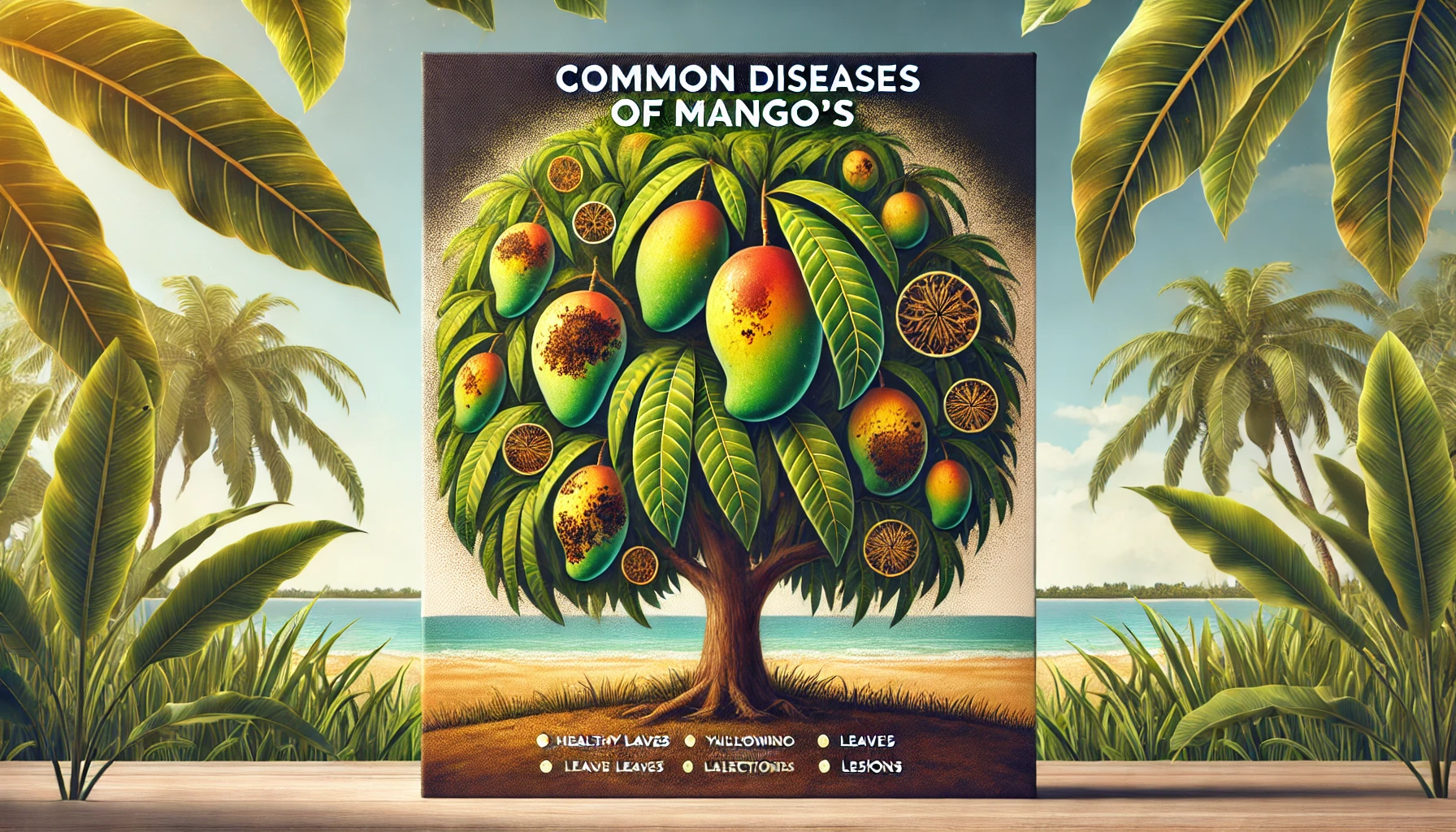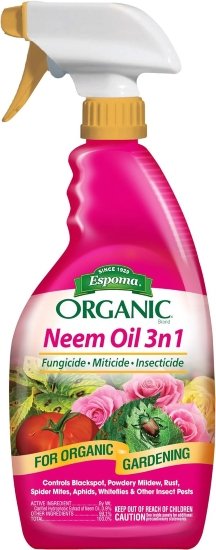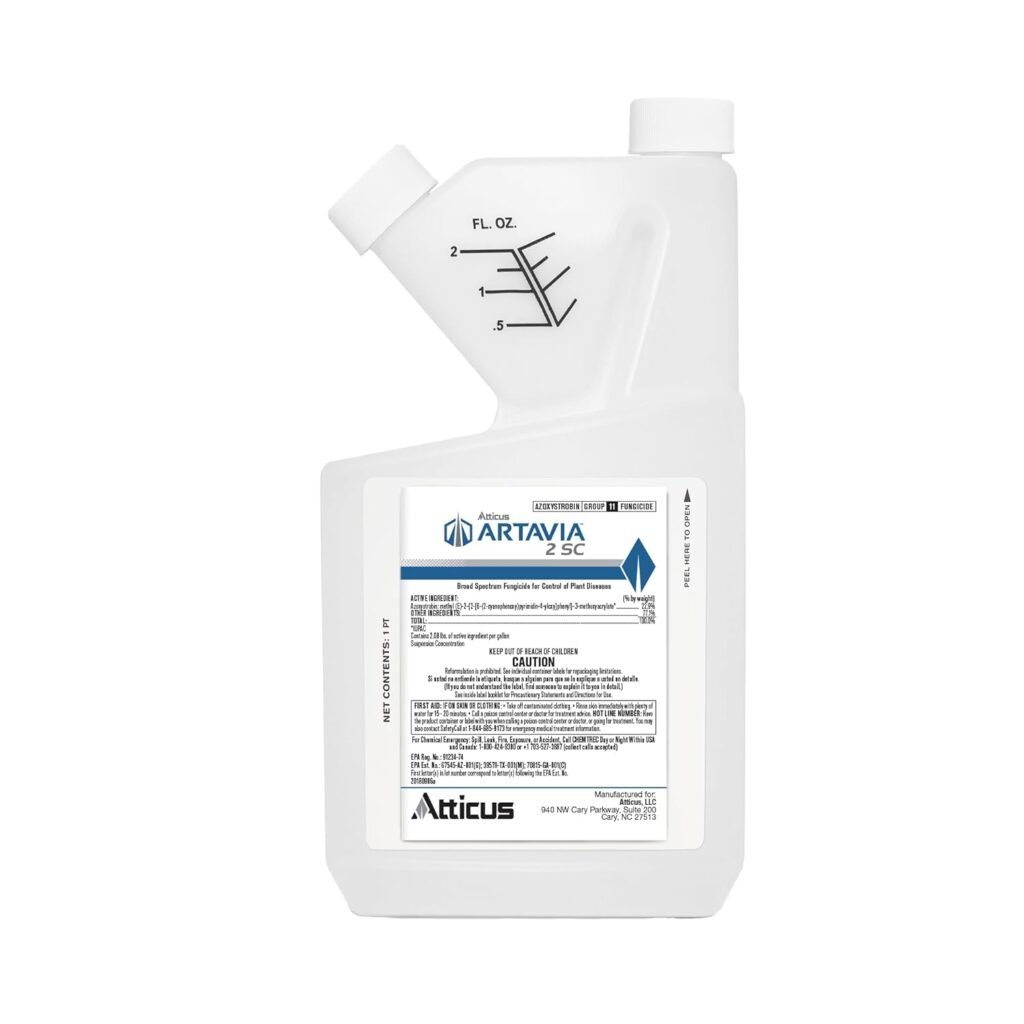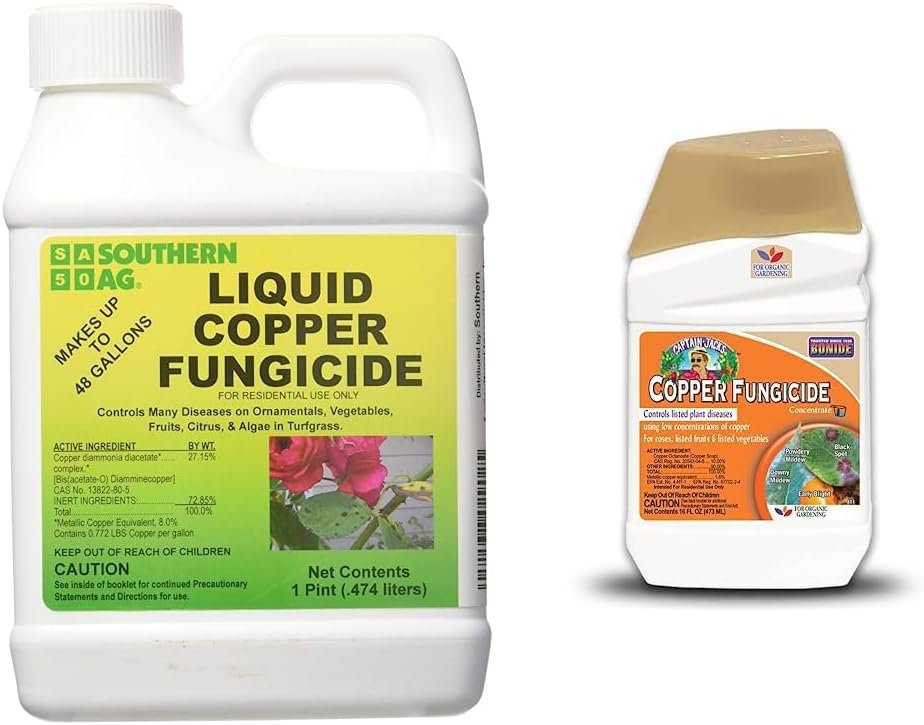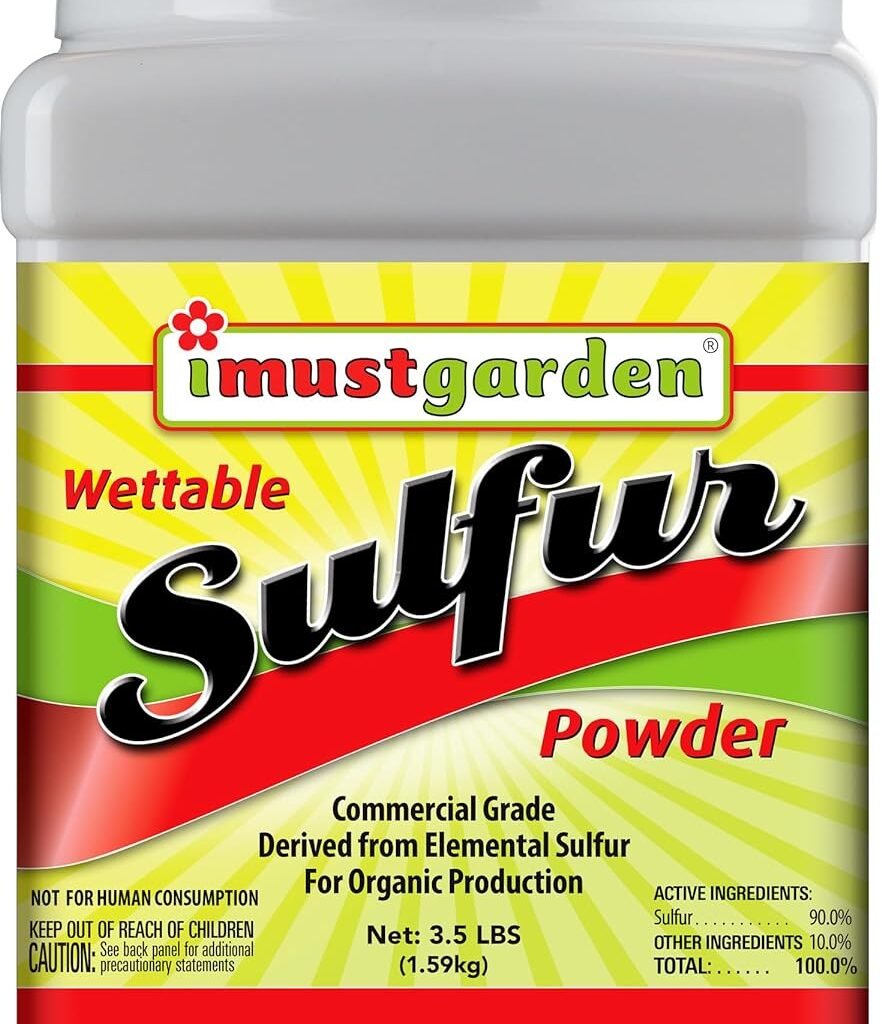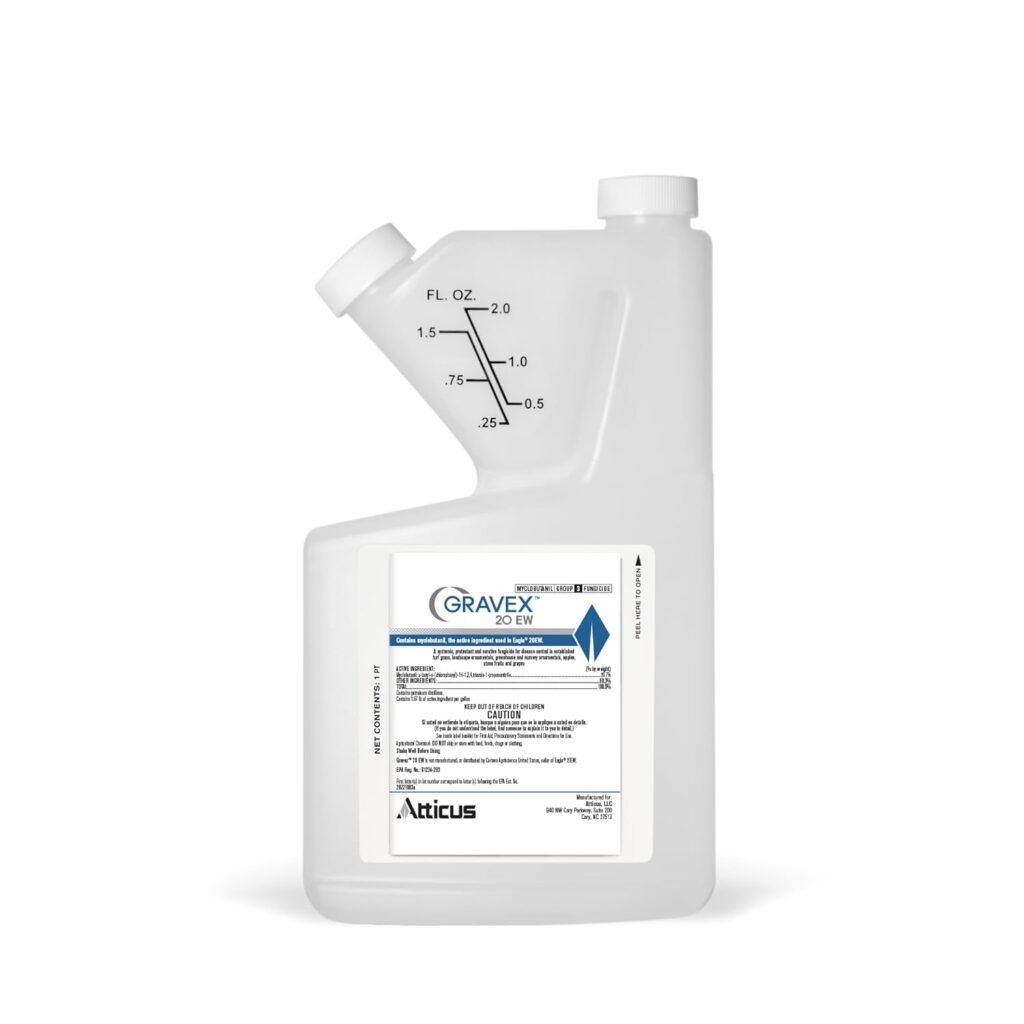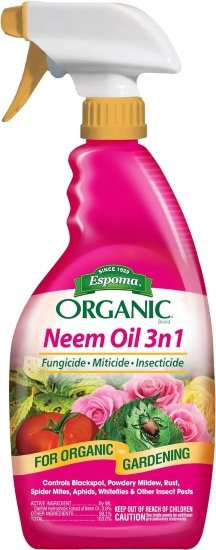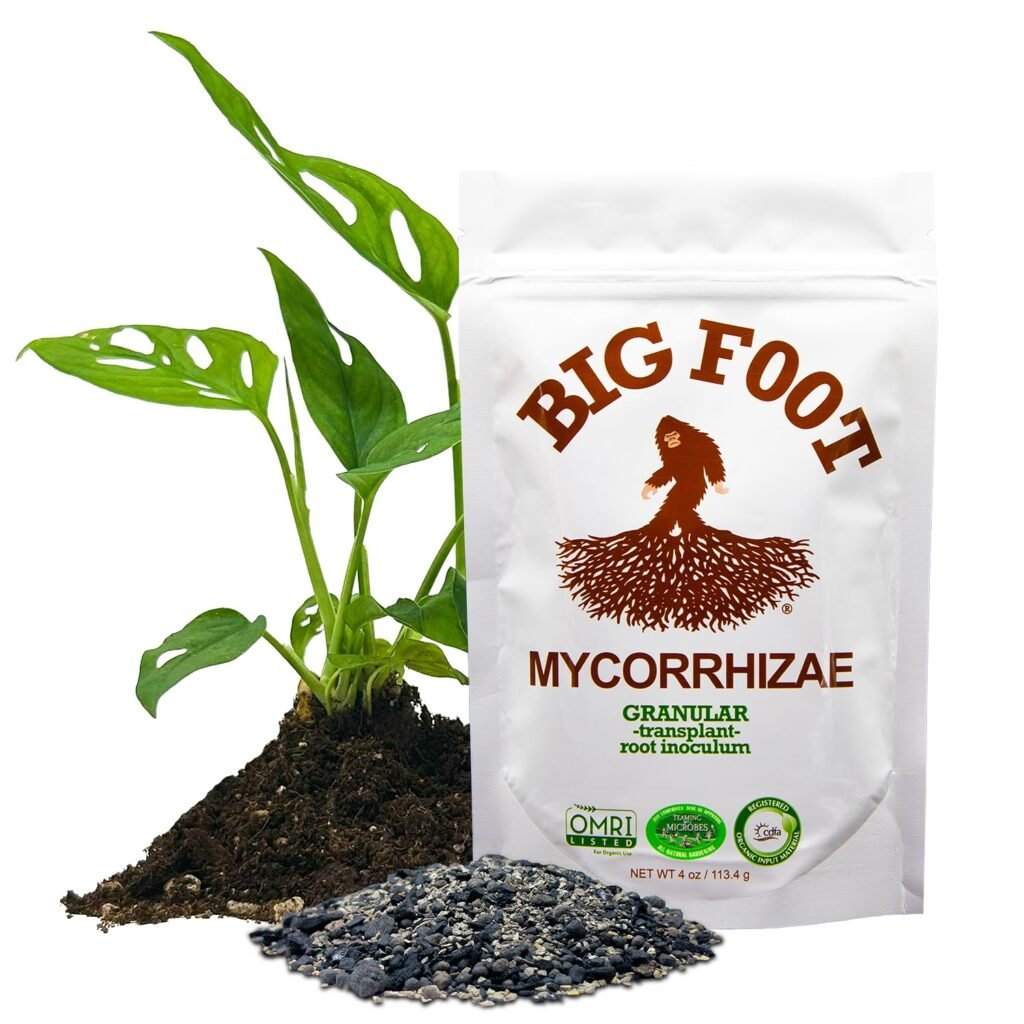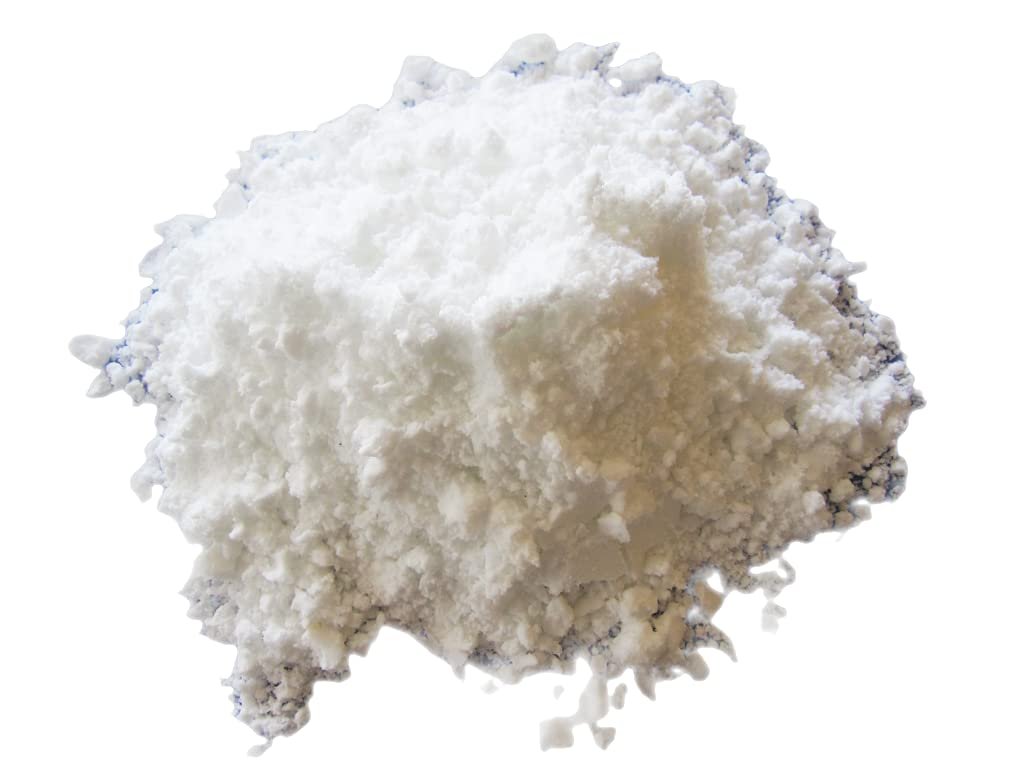Mango trees, like all plants, are susceptible to various diseases that can affect their growth, fruit production, and overall health. Understanding the symptoms, causes, cures, and prevention methods for these diseases is crucial for maintaining healthy mango trees.
1. Anthracnose
Symptoms of Anthracnose
- Leaf Spots: Small, dark, water-soaked spots that enlarge and turn black.
- Fruit Spots: Black lesions on young fruit that can cause fruit to drop prematurely.
- Blossom Blight: Infected flowers turn black and fail to set fruit.
Cause of Anthracnose
- Fungal Infection: Caused by the fungus Colletotrichum gloeosporioides, which thrives in warm, humid conditions.
Cure for Anthracnose
- Natural Methods: Prune and dispose of infected plant parts. Increase air circulation around the tree by thinning branches.
- Organic Methods: Apply neem oil or copper-based fungicides to affected areas.
- Chemical Methods: Use systemic fungicides containing azoxystrobin or chlorothalonil, following the manufacturer’s instructions.
Prevention from Anthracnose
- Sanitation: Regularly clean up fallen leaves and fruit to reduce sources of infection.
- Spacing: Plant trees with adequate spacing to promote good air circulation.
- Resistant Varieties: Choose anthracnose-resistant mango varieties when planting new trees.
2. Powdery Mildew
Symptoms of Powdery Mildew
- White Coating: White, powdery spots on leaves, flowers, and young fruit.
- Leaf Curling: Infected leaves may curl and distort.
- Blossom Drop: Infected flowers may drop off, reducing fruit set.
Cause of Powdery Mildew
- Fungal Infection: Caused by the fungus Oidium mangiferae, which spreads in dry, warm climates.
Cure for Powdery Mildew
- Natural Methods: Remove and destroy affected plant parts. Ensure good airflow around the tree.
- Organic Methods: Spray with sulfur-based fungicides or a mixture of baking soda and water.
- Chemical Methods: Use fungicides such as triadimefon or myclobutanil according to label directions.
Prevention from Powdery Mildew
- Pruning: Regularly prune trees to improve air circulation.
- Water Management: Avoid overhead watering to reduce humidity levels around the foliage.
- Resistant Varieties: Plant powdery mildew-resistant varieties.
3. Bacterial Black Spot
Symptoms of Bacterial Black Spot
- Leaf Spots: Black, raised spots with yellow halos on leaves.
- Fruit Lesions: Dark, sunken spots on fruit, sometimes oozing a gummy substance.
- Twig Dieback: Infected twigs may die back from the tips.
Cause of Bacterial Black Spot
- Bacterial Infection: Caused by the bacterium Xanthomonas campestris pv. mangiferaeindicae, which spreads through rain splash and irrigation.
Cure for Bacterial Black Spot
- Natural Methods: Prune and destroy infected twigs and branches. Improve tree health with proper fertilization.
- Organic Methods: Apply copper-based bactericides to infected areas.
- Chemical Methods: Use antibiotics like streptomycin sulfate, but only as a last resort due to potential resistance development.
Prevention from Bacterial Black Spot
- Sanitation: Remove and destroy affected 4. spot-resistant varieties for new plantings.
4. Sooty Mold
Symptoms of Sooty Mold
- Black Coating: A black, soot-like coating on leaves, stems, and fruit.
- Reduced Photosynthesis: Leaves covered in mold may photosynthesize less effectively, leading to reduced growth.
Cause of Sooty Mold
- Honeydew Production: Caused by the growth of mold on the honeydew excreted by sap-sucking insects like aphids, scale, and mealybugs.
Cure for Sooty Mold
- Natural Methods: Wash off mold with water and a mild soap solution. Control insect pests manually or with beneficial insects.
- Organic Methods: Use neem oil or insecticidal soap to manage sap-sucking insect populations.
- Chemical Methods: Apply systemic insecticides to eliminate sap-sucking insects if infestations are severe.
Prevention from Sooty Mold
- Insect Control: Regularly monitor and control sap-sucking insect populations.
- Tree Health: Maintain tree health with proper watering and fertilization to reduce insect infestations.
5. Root Rot
Symptoms of Root Rot
- Wilting: Sudden wilting of leaves and branches.
- Root Decay: Brown, mushy roots.
- Leaf Yellowing: Leaves may turn yellow and drop prematurely.
Cause of Root Rot
- Fungal Infection: Caused by various soil-borne fungi such as Phytophthora spp., often exacerbated by poor drainage.
Cure for Root Rot
- Natural Methods: Improve soil drainage and aeration. Remove affected roots and replant in well-draining soil.
- Organic Methods: Apply biofungicides containing beneficial microbes like Trichoderma spp. to the soil.
- Chemical Methods: Use fungicides such as metalaxyl or fosetyl-Al as soil drenches.
Prevention from Root Rot
- Soil Management: Ensure good soil drainage and avoid waterlogging.
- Irrigation Practices: Water plants properly, avoiding excessive moisture around the root zone.
- Healthy Planting: Use disease-free planting material and avoid planting in contaminated soil.
By recognizing the symptoms, understanding the causes, and applying appropriate cures and prevention methods, you can effectively manage common mango diseases and ensure the health and productivity of your mango trees.
